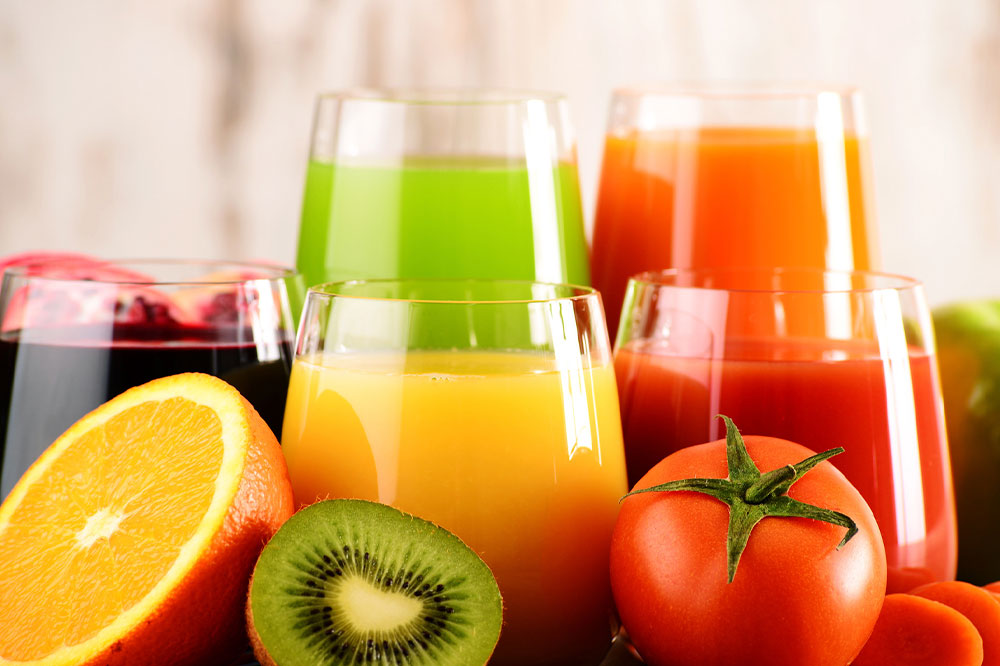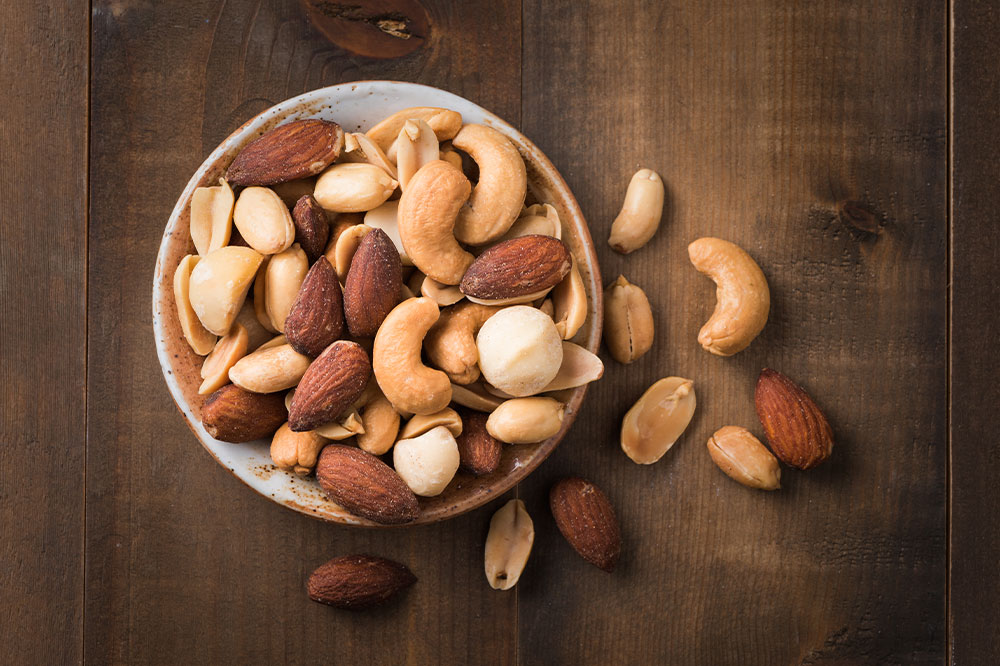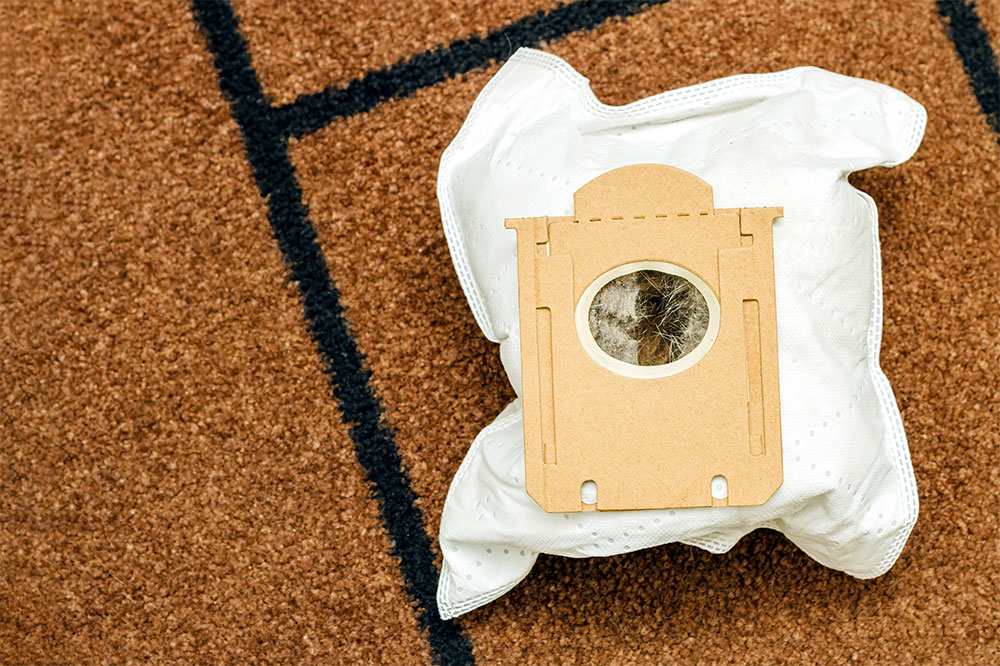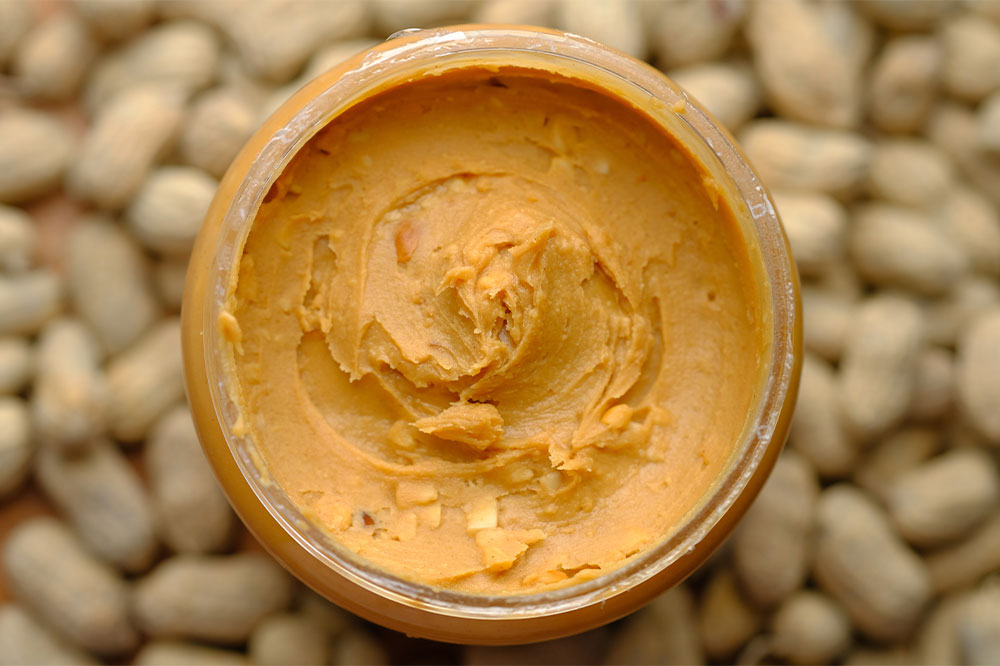Subtle signs of growth hormone deficiency

In the complex interplay of hormones that regulate bodily functions, the growth hormone plays a crucial role. It’s the conductor that ensures that the body grows and repairs itself, but when it falters, it can lead to a series of health issues. This article explores the subtle yet significant signs of growth hormone deficiency (GHD). Understanding these less-discussed indicators can empower individuals to seek timely health attention and potentially improve their quality of life.
Lingering youthful features
One of the more distinctive signs of GHD is the preservation of youthful features well into adulthood. While many may see this as a blessing, it often masks an underlying health issue. Adults with GHD may maintain the appearance of a more youthful face, characterized by smoother skin, fewer wrinkles, and even a higher-pitched voice. This phenomenon is due to the slowed progression of facial bone growth, as growth hormone deficiency affects the development of facial bones. Although this may seem desirable, it serves as a valuable early warning sign to consider.
Delayed development in children
In childhood, GHD manifests as a delay in physical development. Children with GHD often exhibit shorter stature compared to their peers. While this might be initially attributed to genetics, it becomes more apparent when growth lags significantly behind expectations. Alongside this, one might have delayed puberty, resulting in less physical growth and a slower transition into adolescence.
Unusually high-pitched voice
Another intriguing sign in individuals with GHD is an unusually high-pitched voice. This occurs due to the underdevelopment of the larynx and vocal cords. It is essential to note that while some people naturally have higher-pitched voices, an abrupt and unexplained change in the pitch can be indicative of GHD, particularly if accompanied by other symptoms on this list.
Sparse hair growth
Sparse or slow hair growth can be an overlooked sign of GHD. This is not limited to just facial hair in men; it can also extend to body hair. Growth hormone deficiency can hinder the development and maintenance of hair follicles, leading to thinner, sparser hair than one would typically expect for their age.
Fatigue
Experiencing chronic fatigue that persists even after a full night’s sleep can be a sign of GHD. Individuals with this condition may find it challenging to muster the energy required for daily tasks and activities. This fatigue can significantly affect their quality of life, making them feel perpetually drained and less motivated.
Decline in muscle mass
Muscle mass plays a vital role in maintaining overall health and metabolic function. A decrease in muscle mass is one of the less recognized but significant signs of GHD. Adults may notice a gradual decline in their muscle tone and strength, making it more challenging to engage in physical activities. This muscle loss can lead to a more sedentary lifestyle.
Mood swings
Growth hormone deficiency can have a substantial impact on emotional well-being. Individuals with GHD may experience mood swings, irritability, and emotional instability that is uncharacteristic of their typical demeanor. These emotional fluctuations can affect relationships, work, and overall quality of life.
Memory and cognitive impairments
Cognitive functions can also be compromised by GHD. Memory lapses, difficulty concentrating, and impaired cognitive performance may become noticeable. These symptoms can be subtle at first but progressively worsen if left untreated.
Increased sensitivity to cold
Growth hormone deficiency can disrupt the body’s ability to regulate temperature efficiently. Consequently, individuals with GHD may become more sensitive to cold weather and experience discomfort even in mild conditions. This heightened sensitivity to cold can reduce the desire to engage in outdoor activities, further contributing to a sedentary lifestyle.
Changes in cholesterol levels
Growth hormone deficiency can lead to unfavorable changes in lipid profiles, even in individuals who appear otherwise healthy. Elevated LDL (low-density lipoprotein) cholesterol and decreased HDL (high-density lipoprotein) cholesterol levels can increase the risk of cardiovascular issues over time.
Sleep disturbances
Sleep disturbances are another telltale sign of GHD. Individuals with GHD may struggle with insomnia, frequent waking during the night, or overall disrupted sleep patterns. Poor sleep quality further exacerbates fatigue and contributes to mood disturbances.
Decreased bone density
Bone health is often overlooked in discussions of GHD. However, the growth hormone plays a crucial role in maintaining bone density and strength. Adults with GHD may experience a gradual decrease in bone density, which can increase the risk of fractures and osteoporosis.
Reduced exercise tolerance
Growth hormone deficiency can affect an individual’s ability to participate in physical activities. Reduced muscle mass, fatigue, and decreased energy levels make it challenging to tolerate exercise. This diminished exercise tolerance can lead to a sedentary lifestyle, which, in turn, can exacerbate the impact of GHD on overall health.
Decreased libido and sexual function
Growth hormone deficiency can affect sexual health by reducing libido and impairing sexual function. Individuals with GHD may experience a decline in their interest in sexual activities and may also encounter difficulties in achieving and maintaining an erection or lubrication. These changes can significantly impact one’s personal relationships and overall quality of life.
Delayed healing of injuries
The body’s ability to repair and regenerate tissues is influenced by growth hormones. Individuals with GHD may notice that injuries or wounds take longer to heal than expected. This delayed healing process can be frustrating and lead to chronic issues if not addressed promptly.
In the complex tapestry of human biology, growth hormone deficiency presents itself with a range of subtle yet significant signs. Recognizing these indicators is essential for early diagnosis and intervention. By understanding the less-discussed symptoms of GHD, individuals can seek appropriate professional attention and explore potential treatments to improve their overall quality of life. Remember, even the faintest notes in the symphony of health should not be ignored, as they may hold the key to a healthier, more vibrant future.







